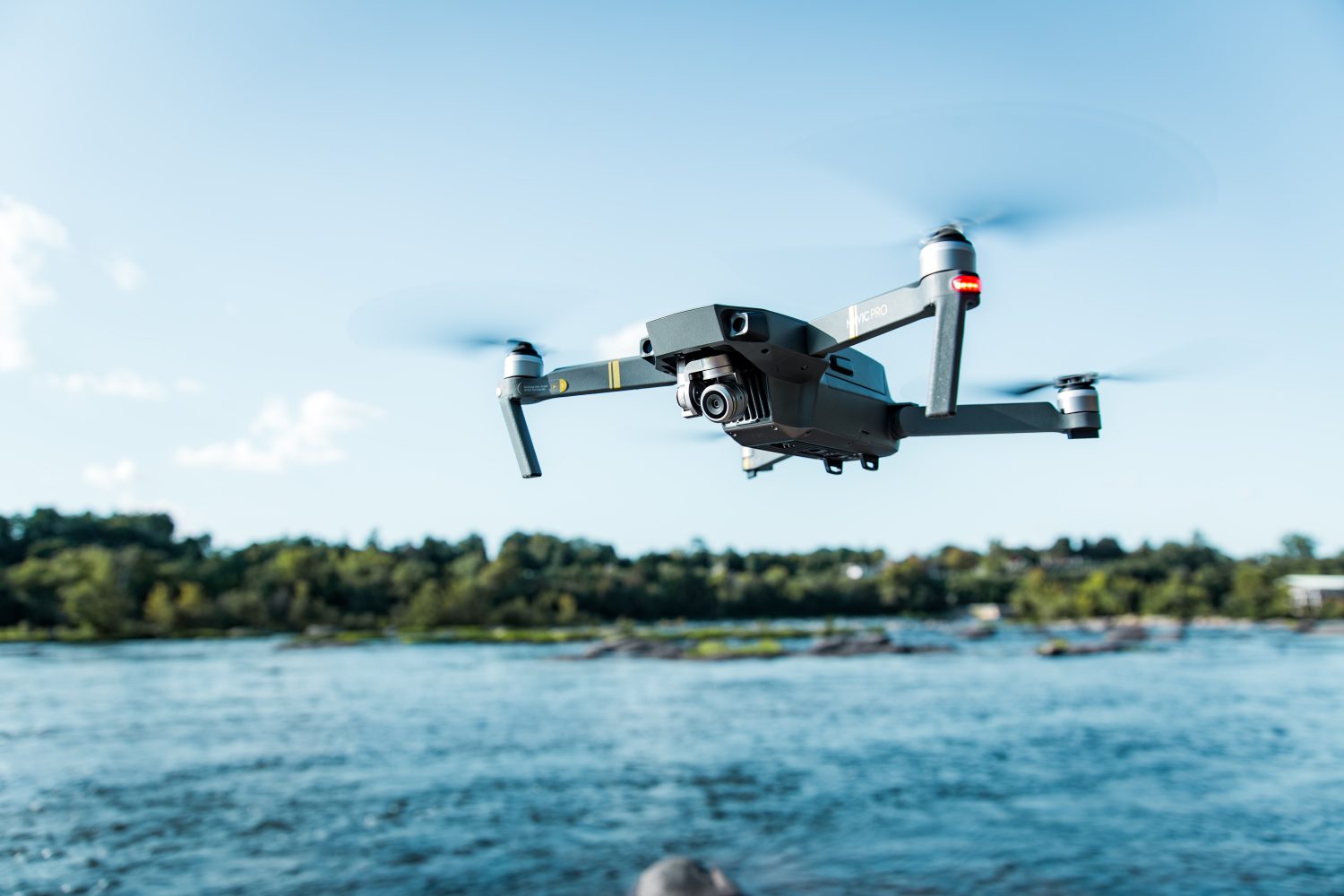
Were there any doubt remaining about how the war in Ukraine has transformed the way drones are deployed – and how manufacturers now view military applications as the most lucrative area in the sector – Airbus provided compelling evidence by founding a new US unit dedicated to creating UAVs designed for martial applications in the bustling business activity.
The new entity is being established under the aegis of Airbus US Space and Defense, whose work in the country is best known for its record-setting solar-powered Zephyr UAV that finally came back to earth in Arizona last year. Though yet to receive a name, the nascent business operation will focus on designing drones of wide-ranging size and capabilities to respond to the demands (and bid for the increasingly hefty contracts) of military agencies.
The Airbus UAV section is being staffed by former military drone operators, engineers, and stratospheric aviation professionals to continue developing the tech behind Zephyr’s success. But it’s evident from company statements the team’s main objective will be to conceive new craft capable of fulfilling demands and winning business from newly drone-obsessed defense agencies.
“The future battlespace is here, and our team is ensuring the warfighter is equipped with technology that allows them to make informed decisions to counter the threat,” said Rob Geckle, CEO of Airbus US Space & Defense. “And while the Zephyr stratospheric platform is our foundational UAS program, we envision multiple UAS solutions supporting a range of customer missions and operational needs.”
And snagging plump defense contracts in doing so. Welcome to the increasingly crowded club, Airbus No Name.
The giant European aerospace consortium isn’t exactly new to spinning off affiliates to pursue burgeoning opportunities. But the new Airbus US focus on “uncrewed systems and platforms that can track, detect, and counter today’s threats” is another reminder of how drone deployment in Ukraine has riven attention on their security and military applications – and rapidly accelerated US development and marketing activities in that area from one to 100.
The upshot is that drone companies in consumer or strictly enterprise production are suddenly looking a lot like bond traders did back in the 1980s and 1990s, when the explosion of derivatives and other high-octane financial products became the money-generating segment everybody with ambition (and a desire for fast fortune) wanted in on.
Formerly diversified UAV company Red Cat Holdings was early to pivot to an all-military focus after it acquired Teal Drones. Since then, Skydio dismayed its biggest fans by announcing it would end consumer activities to home in on defense applications it has adapted and enhanced from its enterprise solutions.
Canadian firm Draganfly now appears to have joined the companies smelling the money to be made from military contracts, especially under the US Department of Defense’s recently announced Replicator program. That project foresees deploying swarms of newly created drones in unprecedented military use cases to counter enormous weapons systems developed by foes like China and Russia.
Replicator’s strategy of using numerical superiority and unimagined small craft capabilities to swamp the sledgehammer might of big enemy programs will require a great deal of drones, which has, in turn, driven sector growth estimates even higher than previously rising military demand.
“To speak to this a little bit, approximately, they’re looking at about $20 billion of growth between now and 2030 in the small UAV market… (and) this is being led by defense,” said Draganfly CEO Cameron Chell during an earnings call last week, detailing what sounds a lot like the company’s shift from its habitual tight focus on police, firefighter, first responder, and humanitarian aid drone markets to lucrative US military opportunities.
“So rather than large infrastructure systems, defense is now looking to put in tens of thousands of swarms of drones in order to counterbalance the threats that may be out there and the efficiencies that come along with the small relatively inexpensive units,” he continued, citing events in Ukraine as a driver of rising military drone demand. “[T]he reality is that small UAVs have proven incredibly effective in the theater of conflict and defense, so much so that the entire strategy and tactics around air dominance has shifted.”
So, too, has much of the money now being generated in drone manufacturing. This is why enormous sector players like Airbus, right down to Saskatoon startups like Draganfly, are redirecting their attention to military activities where the most opportunities – and, not coincidentally, profits – are now found and will doubtless remain for the foreseeable future.
Image/Karl Greif/Unsplash
FTC: We use income earning auto affiliate links. More.



Comments